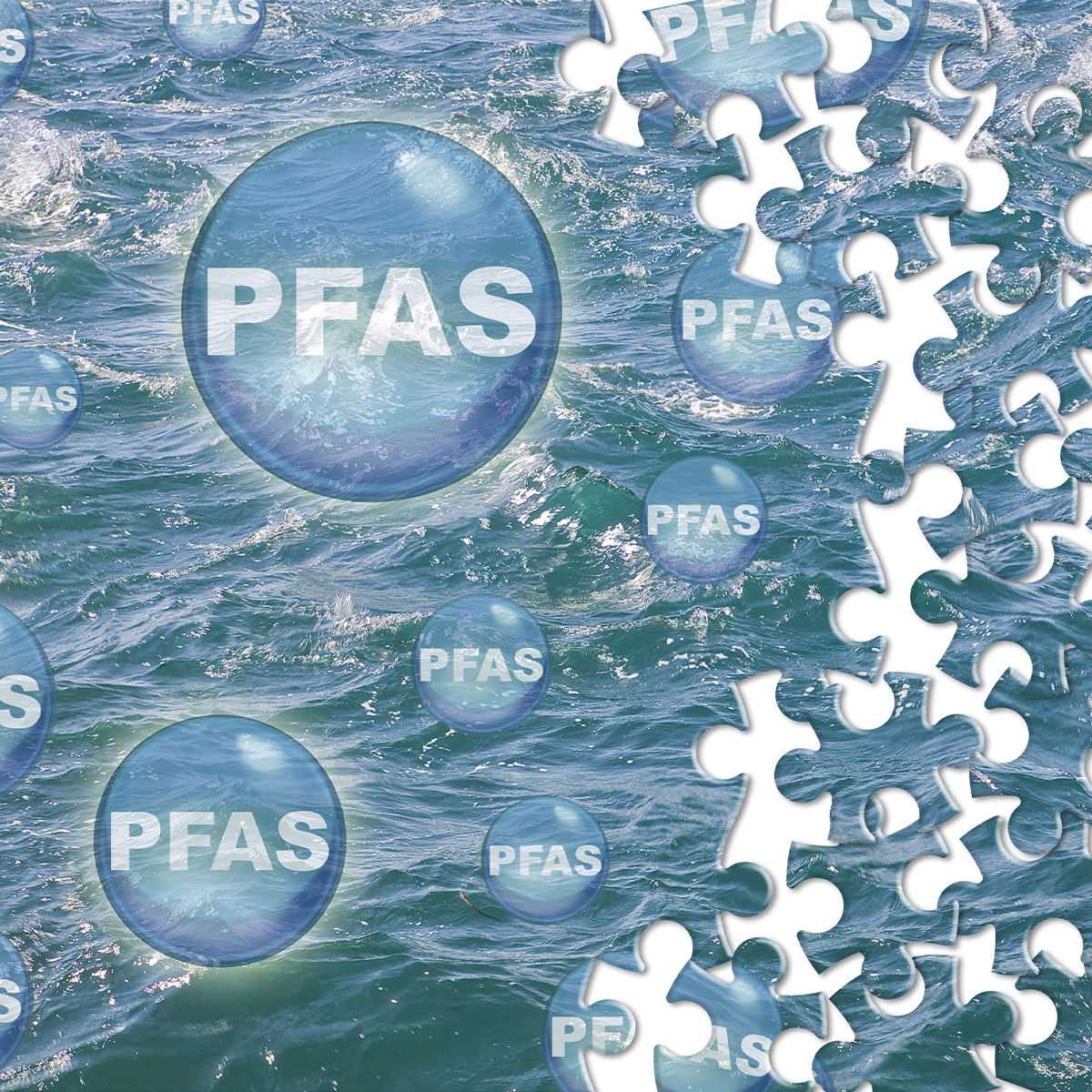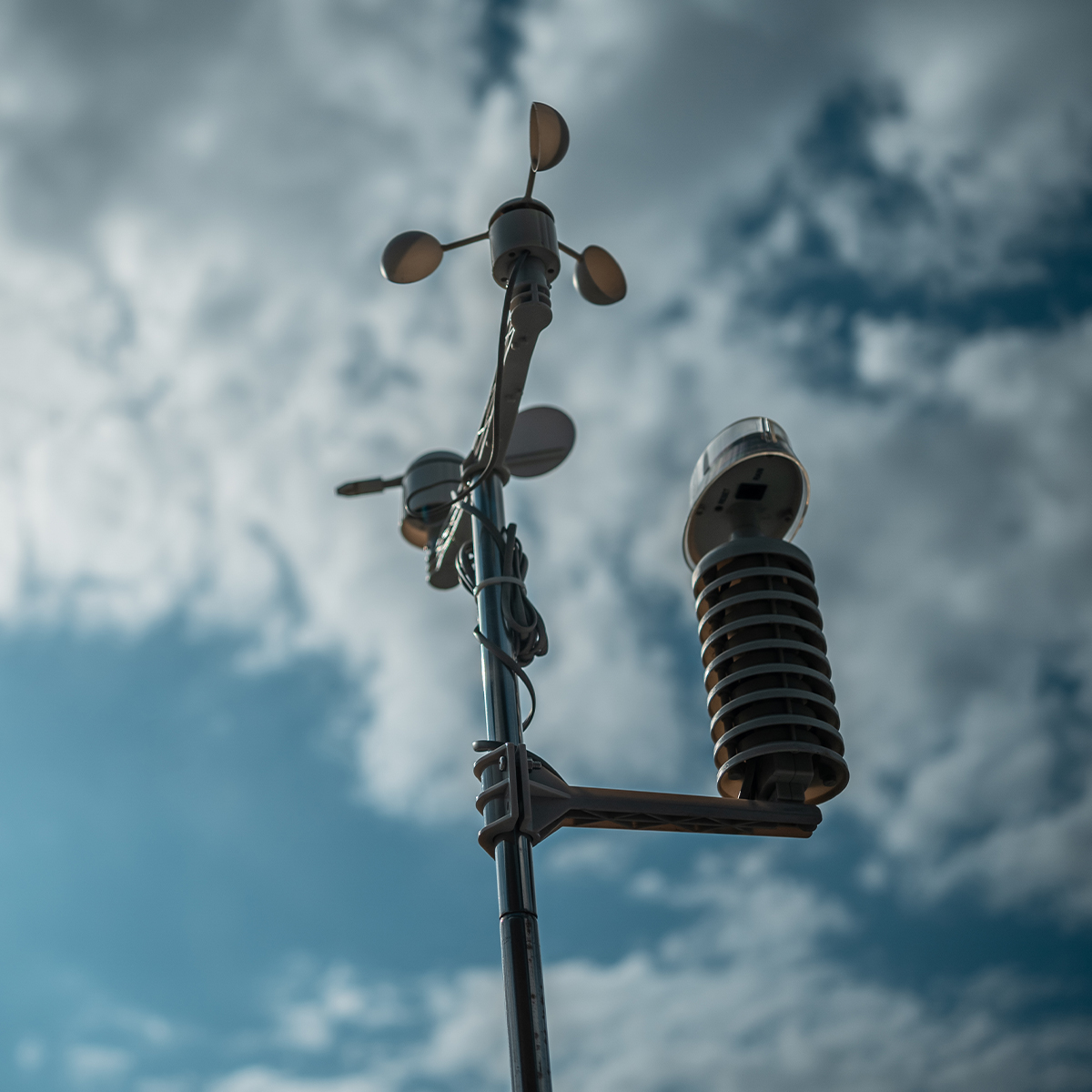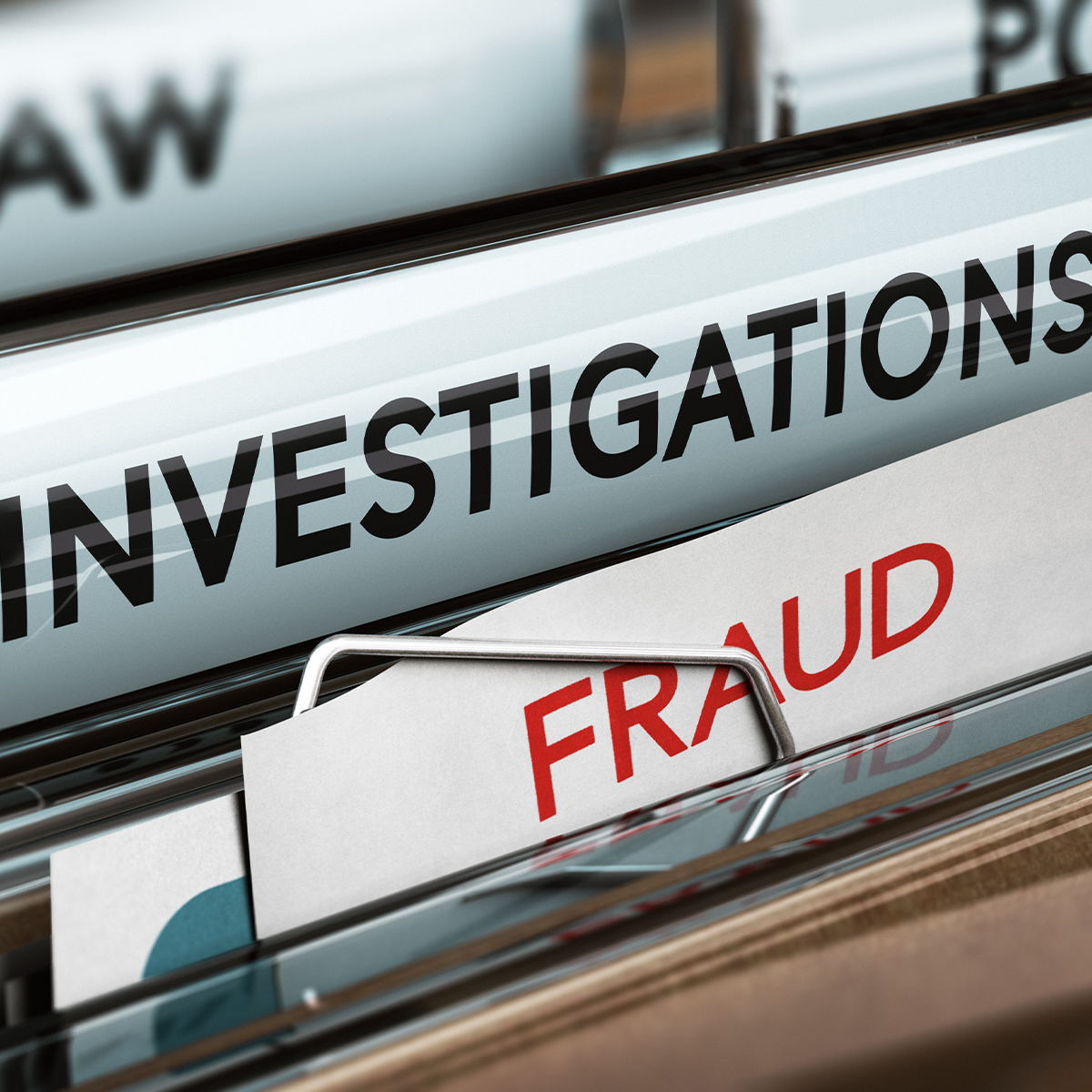-
Property & Casualty
Property & Casualty Overview

Property & Casualty
We offer a full range of reinsurance products and the expertise of our talented reinsurance team.
Expertise
Publication
Structured Settlements – What They Are and Why They Matter
Publication
PFAS Awareness and Concern Continues to Grow. Will the Litigation it Generates Do Likewise?
Publication
“Weather” or Not to Use a Forensic Meteorologist in the Claims Process – It’s Not as Expensive as You Think
Publication
Phthalates – Why Now and Should We Be Worried?
Publication
The Hidden Costs of Convenience – The Impact of Food Delivery Apps on Auto Accidents
Publication
That’s a Robotaxi in Your Rear-View Mirror – What Does This Mean for Insurers? -
Life & Health
Life & Health Overview

Life & Health
We offer a full range of reinsurance products and the expertise of our talented reinsurance team.

Publication
Key Takeaways From Our U.S. Claims Fraud Survey
Publication
Favorite Findings – Behavioral Economics and Insurance
Publication
Individual Life Accelerated Underwriting – Highlights of 2024 U.S. Survey
Publication
Can a Low-Price Strategy be Successful in Today’s Competitive Medicare Supplement Market? U.S. Industry Events
U.S. Industry Events
Publication
The Latest in Obstructive Sleep Apnea -
Knowledge Center
Knowledge Center Overview

Knowledge Center
Our global experts share their insights on insurance industry topics.
Trending Topics -
About Us
About Us OverviewCorporate Information

Meet Gen Re
Gen Re delivers reinsurance solutions to the Life & Health and Property & Casualty insurance industries.
- Careers Careers
Freight Trains – Are They Safe?

April 27, 2023
Bill Baumann,
Allison Harmony
Region: North America
English
The operator of any railroad in the United States or Canada has a “common carrier” obligation to haul cargo, no matter how hazardous, provided it conforms to applicable regulations. Transportation carriers such as air, marine and trucking can limit liability as a condition of transporting the cargo, but in the case of transporting by rail, the railroad operator is liable for all costs in the event of an accident. Once the railroad obtains the tank cars from a shipper, all the risks and exposure associated with the tank cars are transferred to the railway.
Freight train derailments and railroad safety records are getting new attention amid the ongoing scrutiny of the train derailment in East Palestine, Ohio. The accident occurred on February 3, 2023, when 38 Norfolk Southern carriages crashed off the rails of what investigators later determined was a broken axle. Ten of the tank cars were transporting hazardous materials. No one was injured, but more than 2,000 East Palestine residents had to be temporarily evacuated due to health concerns from the chemical spill.1
Based upon information Norfolk Southern provided, the hazardous materials contained in five of these cars included, among other chemicals, vinyl chloride, a colorless, flammable gas that evaporates quickly. It is used to make PVC pipes, wire coatings, vehicle upholstery, and plastic kitchenware. For example, that “new car smell” most have undoubtedly experienced contains vinyl chloride, along with several other chemicals called “volatile organic compounds” or VOC’s, which are listed as known carcinogens by the USEPA.2
The fire caused by the derailment burned for several days, and on February 5 monitoring indicated the temperature in one of the rail cars containing vinyl chloride was rising. To prevent an explosion, Norfolk Southern vented and burned the five rail cars in a flare trench the following day, resulting in additional releases. Since the fire was extinguished, air monitoring by the USEPA has not detected “any levels of health concern” in the vicinity. In addition to monitoring the air outdoors, the agency has screened indoor air in nearly 630 homes, not detecting any areas of concern. Long-term health risks continue to be monitored and studied, however.3
That’s the good news. The bad news is that the site soil and groundwater require remediation, the extent of which is not yet determined. As of April 4, more than 14,000 tons of contaminated soil and over 10 million gallons of liquid wastewater have been shipped offsite for incineration, disposal, and/or treatment. Concerns have emerged about where the waste is going (some is being transported out of state), but at this time, the approved disposal practices are part of the USEPA’s legally binding administrative order requiring Norfolk Southern to address contamination at the site.4
Additionally, at the end of March, the Justice Department sued Norfolk Southern, asking it to pay cleanup costs and penalties under the Clean Water Act. The lawsuit explicitly accuses the company of prioritizing profits over safety, charging senior executives with taking a series of actions aimed at bolstering their performance bonuses by cutting expenses associated with maintaining trains and equipment. Those actions, the government alleges, directly contributed to the derailment. While the government’s allegations are troubling, we are cautiously optimistic the provisions of the proposed Senate bill, discussed below, will go a long way in addressing any current and future safety deficiencies.5
The Railroad Safety Act of 2023, introduced on March 1, aims to address several regulatory issues that have arisen since the train derailment and hazardous chemical fire in East Palestine, Ohio.6 The bill would require railroads to create disaster plans and notify emergency response commissions about hazardous materials moving through their states.
The Railroad Safety Act of 2023 |
|---|
|
Imposes new safety requirements and procedures for all trains carrying hazardous materials, including trains that are not subject to the current regulations for high-hazard flammable trains. Requires shippers and rail carriers to provide advance notification of hazardous material shipments to state emergency response coordinators. |
|
Requires rail carriers to reduce or eliminate blocked crossings by trains carrying hazardous materials due to railroad delays. |
|
Authorizes the Secretary of Transportation to establish train length and weight requirements, route analysis, speed restrictions, and response plans, and track bridge and rail car maintenance requirements. |
|
Authorizes the Secretary of Transportation to determine intervals and minimum time requirements when a qualified mechanical inspector will inspect rail cars. |
|
Mandates “hotbox” detectors every 10 miles to remotely sense if a passing train’s wheels are getting hot. The National Transportation Safety Board has determined a wheel bearing was in the final stage of overheat failure before the East Palestine crash. The legislation establishes requirements for the installation, maintenance, and placement of wayside defect detectors, which are automated devices located on the side of track that monitor passing trains. |
|
Requires two-person crews on all main line tracks. |
|
Increases fines for safety violations, raising them from a maximum of $225,000 to up to 1% of a railroad’s operating income. |
|
Increases HAZMAT registration fees paid by Class I railroads to fund grants for training emergency responders. |
|
Requires that, beginning on May 1, 2025, a rail carrier may not use DOT‑111 specification railroad tank cars that do not comply with DOT‑117, DOT‑117P, or DOT‑117R specification requirements to transport Class 3 flammable liquids. The DOT‑111 oil tank cars are outdated and were built before 2011 when stricter regulations mandated a new design. |
Although the bill would toughen safety regulations that would significantly impact rail operations, it has not yet advanced in the Senate and the rail industry has a long history of resisting regulations.
The Association of American Railroads trade group has already spoken out against the proposed legislation, particularly the provisions relating to the required crew size and the requirement of electronically controlled brakes.
Endnotes
- The Independent, Joe Sommerlad, “How many train derailments have there been in the US in 2023?,” March 6, 2023, https://www.independent.co.uk/news/world/americas/train-derailments-per-year-usa-b2294966.html
- EPA, Daily Updates, https://www.epa.gov/east-palestine-oh-train-derailment/daily-updates
- The New York Times, “Justice Dept. Sues Norfolk Southern Over East Palestine Derailment,” March 31, 2023, https://www.nytimes.com/2023/03/31/us/politics/east-palestine-chemical-spill-lawsuit.html
- Wisconsin Department of Health Services, Vinyl Chloride, https://www.dhs.wisconsin.gov/chemical/vc.htm
- U.S. Department of Justice, Press Release, March 31, 2023, “Justice Department and EPA File Complaint Against Norfolk Southern for Unlawful Discharge of Pollutants and Hazardous Substances in East Palestine Derailment,” https://www.justice.gov/opa/pr/justice-department-and-epa-file-complaint-against-norfolk-southern-unlawful-discharge
- Grainnet Safety, “Lawmakers Introduce Railway Safety Act of 2023,” March 10, 2023, https://www.grainnet.com/article/294971/lawmakers-introduce-railway-safety-act-of-2023





